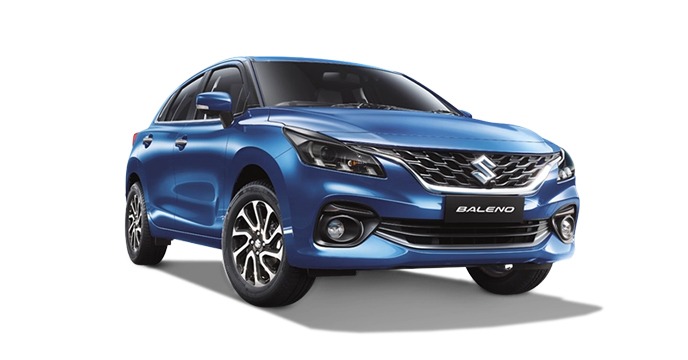5 Signs Your Car Needs an Alignment
5 Signs Your Car Needs an Alignment
 You may be aware of the fundamental maintenance requirements for your vehicle, such as when your gas tank is low, but do you know when your vehicle wants an alignment? When your car's alignment is out of whack, it's typically very simple to figure out what's wrong. It frequently changes slowly and goes out of sync, although it might occur rapidly. The main culprits include unexpected jarring, such as running over bumps and potholes or hitting a curb, and constant wear and tear of your car's components. Don't disregard any of these warning signs — you don't want to be driving off the road on your next trip! Pay great attention so you can spot any of these misalignment symptoms.
You may be aware of the fundamental maintenance requirements for your vehicle, such as when your gas tank is low, but do you know when your vehicle wants an alignment? When your car's alignment is out of whack, it's typically very simple to figure out what's wrong. It frequently changes slowly and goes out of sync, although it might occur rapidly. The main culprits include unexpected jarring, such as running over bumps and potholes or hitting a curb, and constant wear and tear of your car's components. Don't disregard any of these warning signs — you don't want to be driving off the road on your next trip! Pay great attention so you can spot any of these misalignment symptoms.
Fortunately, regular wheel alignments may correct all these problems, restoring maximum drivability and fuel efficiency to your vehicle. One of the most critical conditions for keeping your car operating safely and happily is proper wheel alignment.
What is a vehicle alignment?
The suspension system of your car is made up of springs, struts, shock absorbers, linkages, axles, and, of course, tyres. These two components work together to determine how your vehicle handles and turns. With time and severe use, the suspension can become out of alignment, affecting the way the vehicle travels, causing damage to individual parts such as the tyres, and increasing fuel expenses.
Signs your car needs a wheel alignment
The following are the signs that your car needs a wheel alignment:
Your steering wheel is not properly centred
If you're not turning, your steering wheel should be nearly straight and balanced. If you're unsure, take a glance at your car symbol in the centre of your steering wheel. If that appears crooked, your alignment is wrong. If you observe that the wheel is off centre by more than 2-3 degrees in each direction, your vehicle is probably in need of service.
Also Read: Tips for Buying a New Car
The vehicle pulls to one side
Most individuals notice pulling as the first of five critical signals that their car requires a wheel alignment. An improperly aligned tyre will cause the automobile to slide to one side when driving in a straight line.
The side is always the same, and the variation in tilt can be seen by adjusting the steering wheel angle. The amount a vehicle pulls is solely determined by the degree of misalignment.
Pulling, in either case, will only worsen and can make an automobile difficult to steer for lengthy periods or at high speeds.
Your tyres begin to wear unevenly
If you rotate your tyres at the appropriate mileage for your vehicle, they should all wear down at the same rate. The tread on your tyre should wear down in the centre, where it makes the greatest contact with your car.
When your car is not properly aligned, you may notice strange tyre wear patterns. You will notice that your tyres appear to be wearing down faster on one side or edge than the other. This type of abnormal wear pattern is frequently produced by an out-of-alignment in your vehicle. Your tyres should wear evenly over time. This will provide you with the most comfortable ride imaginable.
Vibration
A steering wheel misalignment is one of the many causes of steering wheel vibration. If you detect your steering wheel vibrating while driving, there is most certainly an underlying issue. Take your vehicle to a mechanic to determine what is causing the problem.
Also Read: SUV vs Sedan: Which One Should You Buy?
Your steering wheel doesn’t return to the centre
After completing a turn, the steering wheel should automatically begin to return to the centre as you continue driving. Of course, you should keep your hands on the wheel to assist it to achieve this faster and maintain control of the vehicle, but if your steering wheel does not even attempt to return to the centre, it's a good indicator that your alignment is incorrect. If this is the case, you should have an alignment check conducted, followed by a full alignment if necessary.
If you notice any or all of these symptoms in your car, you should have your tyres aligned. Fortunately, it is simple to perform when you bring your car in for an oil change. Tell the mechanics about all of your symptoms so that they can correctly diagnose the problem and repair your vehicle.






















